
Learn how to writing an effective log line. Includes an example, complete analysis, and an easy to follow guideline.
A screenwriter who plans to present a story to an industry professional has four unique tools to convey their story.
The shortest of these is the Log Line, which is defined as: A one or two sentence description that captures the unique & conflicting elements of your screenplay.
Purpose of a Log Line: Identify a protagonist, genre, inner & outer conflict, and lead towards a climax, without giving away the ending. They need to be short, easily recited during a conversation, and highly unique. The log line is not intended to tell the full story. Instead, it promotes the story in as few words as possible with the goal of attracting enough interest from a Producer so he/she requests to read a treatment or screenplay, which are salable material.
Include the following 5 elements to write a complete Log Line:
Example of an effective log line: A mechanic shunned for carrying a disease, rescues an android, secretly repairs her, and fights to protect her when she endangers the colony.
Analyzing the structure:
- A mechanic shunned for carrying a disease...
This phrase identifies the Main Character (Protagonist), states his Profession, and reveals his Inner Conflict because of how people are repulsed by his disease.
- rescues an android...
The Genre is reveal as Science Fiction by the mention of an android, a piece of technology that doesn’t exist in the modern era.
- secretly repairs her...
Outer Conflict is represented as the character discovers and hides something that he knowingly will pose a danger to society(Antagonist) in this case.
- and fights to protect her when she endangers the colony.
The major climax at the end is hinted when the android becomes known to society and the Protagonist must take direct action against the Antagonist.
Lead towards an ending, but never give it away:
The ending should be hinted at, but never revealed to leave the listener wanting more. The trick is to pique their curiosity so they request to read the treatment/screenplay and discover the ending for themselves. If someone presses you for the ending you’re on the right track, but refrain from divulging it. Simply invite them to read your material.
Final Note:
Remember, the purpose of a log line is to attract enough interest from an industry professional so they will request your treatment or screenplay.
- Written by Joe Lam
A screenwriter who plans to present a story to an industry professional has four unique tools to convey their story.
- Log line
- Pitch
- Treatment
- Screenplay
The shortest of these is the Log Line, which is defined as: A one or two sentence description that captures the unique & conflicting elements of your screenplay.
Purpose of a Log Line: Identify a protagonist, genre, inner & outer conflict, and lead towards a climax, without giving away the ending. They need to be short, easily recited during a conversation, and highly unique. The log line is not intended to tell the full story. Instead, it promotes the story in as few words as possible with the goal of attracting enough interest from a Producer so he/she requests to read a treatment or screenplay, which are salable material.
Include the following 5 elements to write a complete Log Line:
- Protagonist – Identify a main character along with his/her profession.
- Genre – Reveal the story's setting when presenting the Conflict.
- Inner Conflict – A personal issue for the Protagonist to overcome.
- Outer Conflict – An action from the Protagonist that threatens the Antagonist.
- Climax – Lead towards a major conflict between the Protagonist and Antagonist.
Example of an effective log line: A mechanic shunned for carrying a disease, rescues an android, secretly repairs her, and fights to protect her when she endangers the colony.
Analyzing the structure:
- A mechanic shunned for carrying a disease...
This phrase identifies the Main Character (Protagonist), states his Profession, and reveals his Inner Conflict because of how people are repulsed by his disease.
- rescues an android...
The Genre is reveal as Science Fiction by the mention of an android, a piece of technology that doesn’t exist in the modern era.
- secretly repairs her...
Outer Conflict is represented as the character discovers and hides something that he knowingly will pose a danger to society(Antagonist) in this case.
- and fights to protect her when she endangers the colony.
The major climax at the end is hinted when the android becomes known to society and the Protagonist must take direct action against the Antagonist.
Lead towards an ending, but never give it away:
The ending should be hinted at, but never revealed to leave the listener wanting more. The trick is to pique their curiosity so they request to read the treatment/screenplay and discover the ending for themselves. If someone presses you for the ending you’re on the right track, but refrain from divulging it. Simply invite them to read your material.
Final Note:
Remember, the purpose of a log line is to attract enough interest from an industry professional so they will request your treatment or screenplay.
- Written by Joe Lam
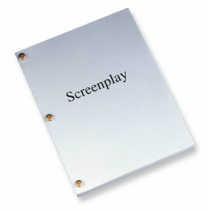
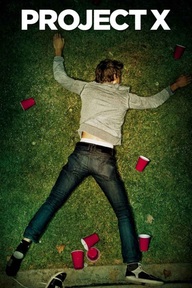
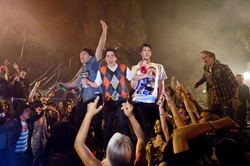
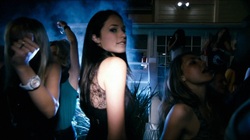

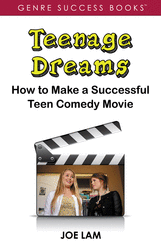
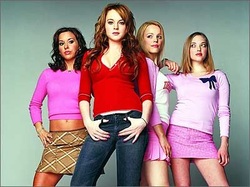
 RSS Feed
RSS Feed
